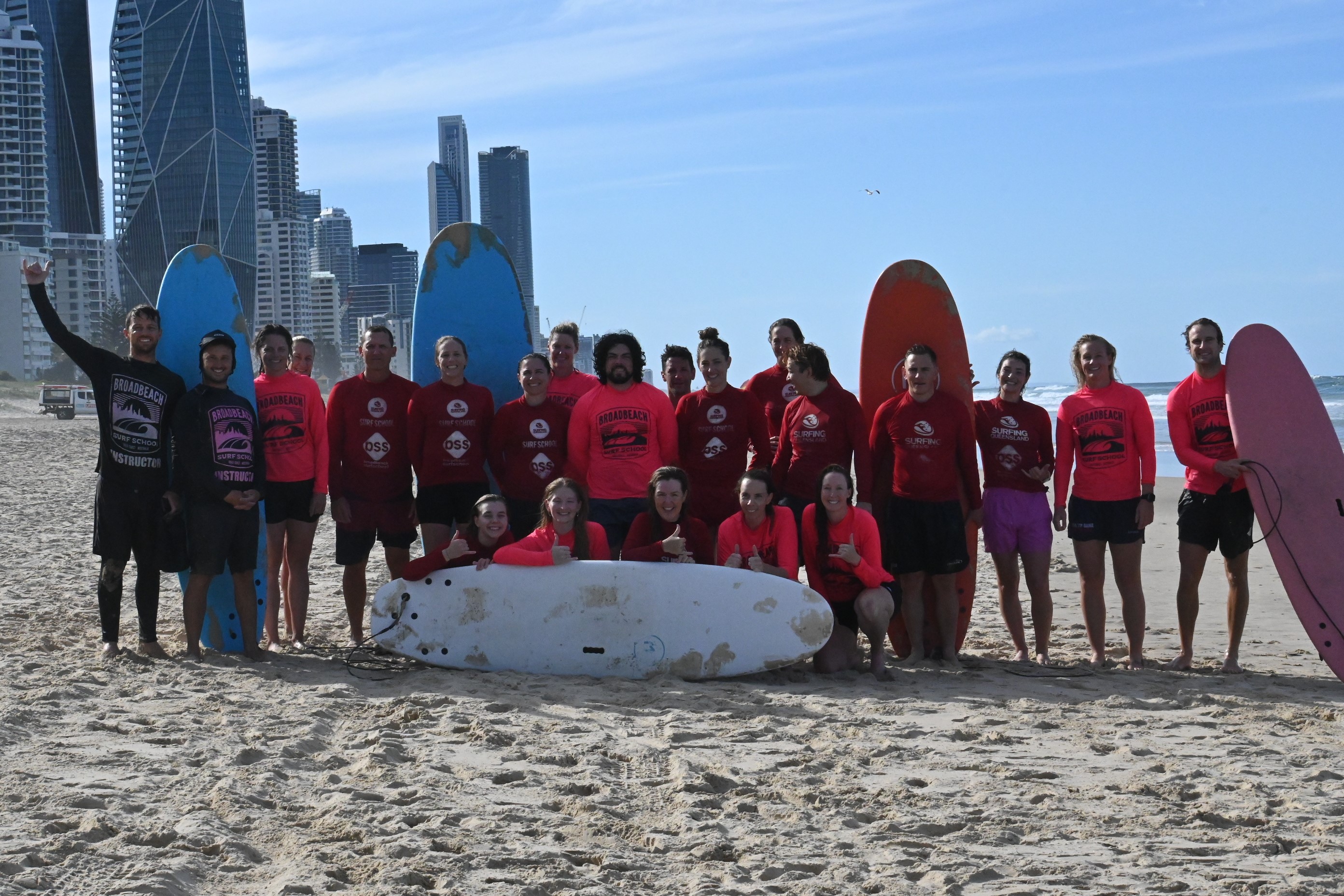One of Australia’s most iconic lizards, the Tjakura (Great Desert Skink), now has a Recovery Plan to guide its long-term survival.
Once found widely across the Gibson, Great Victoria, Tanami and Great Sandy Desert regions, many Tjakura populations in these areas have now disappeared due to threats such as feral cats and increased severity and frequency of fire.
In an Australian first, the development of this Recovery Plan was led by First Nations peoples. It was directed by the Indigenous Desert Alliance, who are building on First Nations knowledge and science to help bring this species back from the brink.
The Recovery Plan includes a range of interventions to protect the skink, including feral cat management, bushfire control, population monitoring, while supporting cultural knowledge and expertise.
The Government is investing over $200,000 to assess the status of the Tjakura and undertake work to recover the species. Further funding is also being provided through the National Environmental Science Program to standardise monitoring techniques with Indigenous rangers and studying the relationship between fire regimes and Great Desert Skink populations.
The Great Desert Skink is one of 110 species prioritised for recovery under the Government’s Threatened Species Action Plan.
Quotes attributable to the Minister for the Environment and Water, the Hon Tanya Plibersek MP:
“For tens of thousands of years, First Nations people have cared for this land and the Tjakura (Great Desert Skink) who live here.
“Unfortunately, this lizard has disappeared from many areas it once inhabited because of feral cats, foxes and unmanaged fire, and is now listed as vulnerable under national environment law.
“I’m very proud we’re drawing on First Nations knowledge with this Recovery Plan; the first ever led by Indigenous people. This unique expertise will help us return this iconic lizard population back to health.
“The Albanese Labor Government is committed to protecting our precious species and leaving nature better off for our kids and grandkids. Helping recover the Great Desert Skink just one way we’re working to achieve this.”
Quotes attributable to Rachel Paltridge, Ecologist at the Indigenous Desert Alliance:
“The Indigenous Desert Alliance is proud to coordinate this Indigenous-led project that promotes careful, culturally informed conservation to protect Country and improve habitat for the Great Desert Skink.
“This is the first Indigenous led threatened species recovery plan and an exciting new way of doing conservation, which recognises Indigenous Rangers are the experts and best placed to look after the animals that live on Aboriginal land.
“The Australian desert has been cared for and expertly managed over thousands of years by Indigenous hearts, minds and hands. At a time when the world is experiencing record loss of biodiversity due to climate change, landscape change and introduced predators this project is a living example of how embracing Indigenous knowledge and connection to the land is the best way forward.”
Quotes attributable to the Northern Territory Minister of Environment, Climate Change and Water Security, the Hon Lauren Moss MLA:
“The Territory Labor Government is proud to be part of an Indigenous led Recovery Plan that will mean population growth for a near extinct lizard the Great Desert Skink, and will position Aboriginal Rangers at the centre of this recovery.
“This is what happens when multiple levels of governments come together in the interest of preserving biodiversity and enhancing the environment – and when those driving, designing and implementing the Recovery Plan have deep knowledge of the country.”








